MercoPress. South Atlantic News Agency
Tag: Central Bank of Uruguay
-
Friday, February 8th 2013 - 06:51 UTC
“No big deal with inflation, I grew up in a country with 70%/80% inflation”

Two contrasting views have surfaced in the Uruguayan government regarding inflation which has been steadily climbing and seems so far immune to monetary tools, but is now the second highest in the region behind Argentina.
-
Tuesday, February 5th 2013 - 06:25 UTC
January inflation in Uruguay confirms strong hike tendency
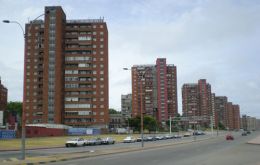
Inflation in Uruguay climbed 1.9% in January totalling 8.72% in the last twelve months, according to the latest release from the government’s stats office, INE. Last year twelve month inflation reached 7.48% and for this year the government established a target of 4% to 6%.
-
Saturday, January 5th 2013 - 05:59 UTC
Lowering the price of power, Uruguay ends 2012 with an inflation of 7.48%
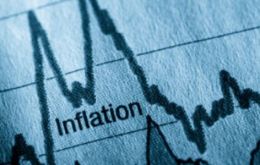
Consumer prices in Uruguay ended the year at 7.48% after recording the lowest December percentage in forty years: a negative 0.73%. However analysts and consultants anticipate that inflation in the first quarter of 2013 will remain above an annualized 8%.
-
Thursday, January 3rd 2013 - 06:02 UTC
Record purchase of US dollars to keep Uruguayan Peso from further appreciation
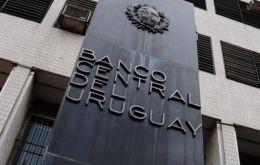
Uruguay’s Central bank on Wednesday made its largest purchase of US dollars on record totalling 120 million dollars following on the bank’s monetary committee decision in the last week of 2012 to increase the basic rate to 9.25% as the country struggles to contain inflation.
-
Saturday, December 29th 2012 - 04:07 UTC
Uruguay raises basic rate to 9.25%: “inflation the key risk of the economy”
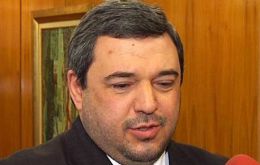
Uruguay’s Central bank raised its benchmark interest rate on Friday for the second time this year as policy makers struggle to bring inflation into the government’s target range. The IMF and local economists have warned about the need to “tackle inflation”, particularly since the budget’s fiscal deficit has soared in just twelve months from 0.4% of GDP to over 3% of GDP.
-
Friday, December 14th 2012 - 20:35 UTC
“Tackling inflation”, Uruguay’s top priority says IMF and suggests government cuts spending

“Tackling inflation is Uruguay’s priority” said the International Monetary Fund board on Friday after inflation in October climbed to 9.1%. Monetary policy is not enough: the government must make efforts to cut back government spending and moderating wage growth insisted the IMF.
-
Friday, November 23rd 2012 - 23:20 UTC
Mujica calls for prudence with salaries: “look at what is happening on the other side (Argentina)”

Uruguayan president Jose Mujica appealed to workers and entrepreneurs to avoid an escalation of salaries and prices which leads “to all sort of fiddling” as is happening in Argentina.
-
Tuesday, November 20th 2012 - 01:40 UTC
Uruguay admits inflation is “decisively much higher” than expected

Inflation is a priority and is “decisively much higher than what authorities and public opinion would like” admitted Mario Bergara, Uruguay’s Central bank president during the opening on Monday of a two-day annual economic conference.
-
Friday, November 2nd 2012 - 06:36 UTC
Dollar plunges against the Uruguayan Peso in October; massive inflow of capital
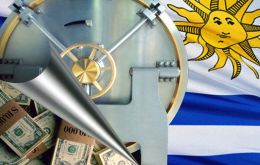
The US dollar suffered in Uruguay during October its greatest fall since January 2009 following on the increase of the Central bank basic rate to 9% at the end of September, which turned Uruguayan bonds far more attractive for foreign investors.
-
Friday, November 2nd 2012 - 06:33 UTC
Uruguayan central bank indicator shows inflation is close to 11% in 12 months

Uruguay’s central bank said that consumer prices, excluding the most volatile items, have increased almost 11% in the last twelve months to September. Fresh fruit and vegetables, cigarettes and public utility rates are considered ‘volatile prices’.
